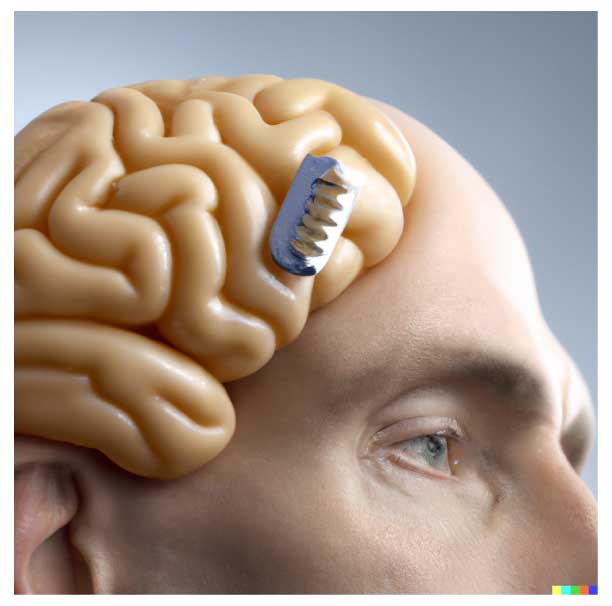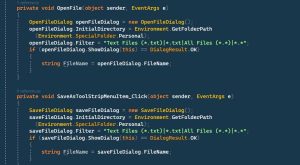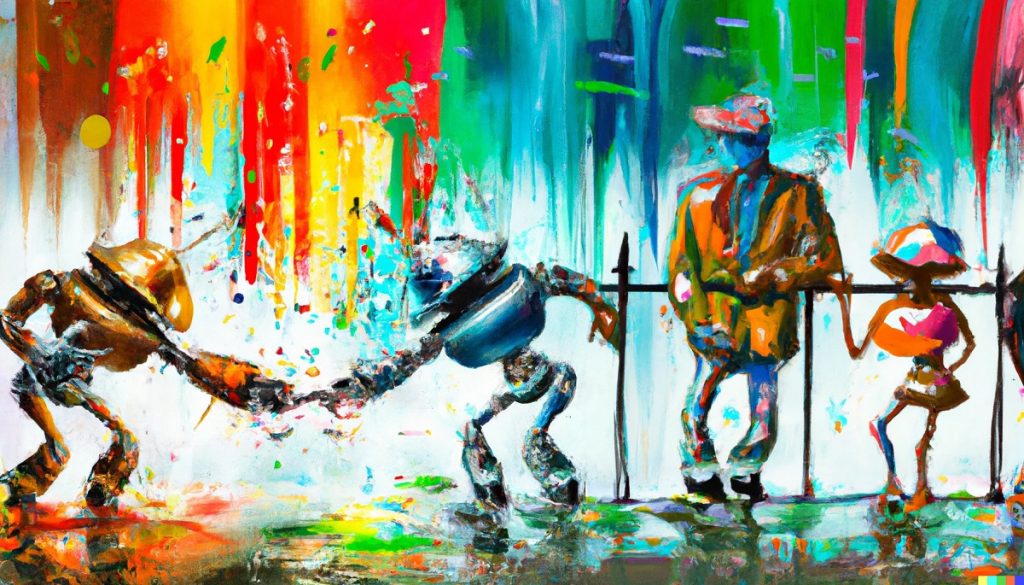DALL-E is a deep learning-based image generation model developed by OpenAI. It is trained to generate images from natural language text descriptions, such as “a two-story pink house with a white fence and a red door.” The model uses a transformer-based architecture similar to that of the GPT language model, and is trained on a dataset of images and their associated text descriptions.
One of the key innovations of DALL-E is its ability to generate highly diverse and novel images from a wide range of text descriptions, even if the model has not seen a similar description during training. This is achieved by using a combination of unsupervised and supervised learning techniques, where the model is first trained on a large dataset of images and their associated text descriptions, and then fine-tuned on a smaller dataset of specific image-text pairs.
The success of DALL-E has led to the development of DALL-E 2, which is an improved version of the original model. DALL-E 2 has several key improvements over the original model, including a larger model size, a more diverse training dataset, and a modified architecture.
One of the biggest changes in DALL-E 2 is its increased model size, which allows it to generate more detailed and realistic images. The model has also been trained on a more diverse dataset, which includes images from a wider range of sources and with a greater variety of styles. This allows DALL-E 2 to generate images that are more representative of the real world and less prone to the biases present in the original dataset.
Another important change in DALL-E 2 is the modified architecture, which allows the model to better understand the meaning of the text descriptions and generate more accurate images. The model uses a new technique called “prompt engineering” which allows the user to provide additional context to the model by specifying certain attributes or features of the image they want to generate. This allows the model to generate images that are more closely aligned with the user’s intentions.
DALL-E 2 also has the ability to generate “animations” by giving the model a text prompt describing an animation and the model will generate a sequence of images to create the animation.
In conclusion, DALL-E and DALL-E 2 are powerful image generation models developed by OpenAI. DALL-E 2 builds upon the success of the original model and offers several key improvements, including a larger model size, a more diverse training dataset, and a modified architecture. These improvements allow DALL-E 2 to generate more detailed, realistic, and diverse images, and to better understand the meaning of text descriptions. DALL-E 2 is a promising step towards creating AI-generated images that are more representative of the real world and less prone to biases.
What is transformer in the above article?
In the article, the transformer is a type of neural network architecture that is used in the DALL-E and DALL-E 2 image generation models developed by OpenAI. The transformer architecture is similar to that of the GPT language model and is designed to process sequential data, such as text. It uses a self-attention mechanism that allows the model to selectively focus on different parts of the input data, which enables it to better understand the meaning of the text descriptions and generate more accurate images. The transformer architecture has been widely used in natural language processing tasks and has also been applied to image generation tasks with the DALL-E models.
In simple words, what is GPT language model?
GPT (Generative Pre-trained Transformer) is a language model developed by OpenAI. It is trained on a massive dataset of text and uses a transformer neural network architecture to generate human-like text. It can be fine-tuned for a variety of natural language processing tasks, such as language translation, question answering, and text summarization. GPT can also generate text in a specific style or on a specific topic when prompted with a starting phrase or sentence. GPT is considered one of the most advanced language models available today and has set new records in language understanding tasks.





